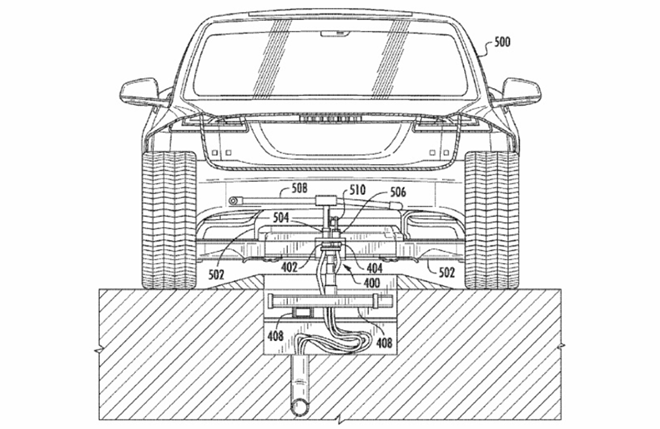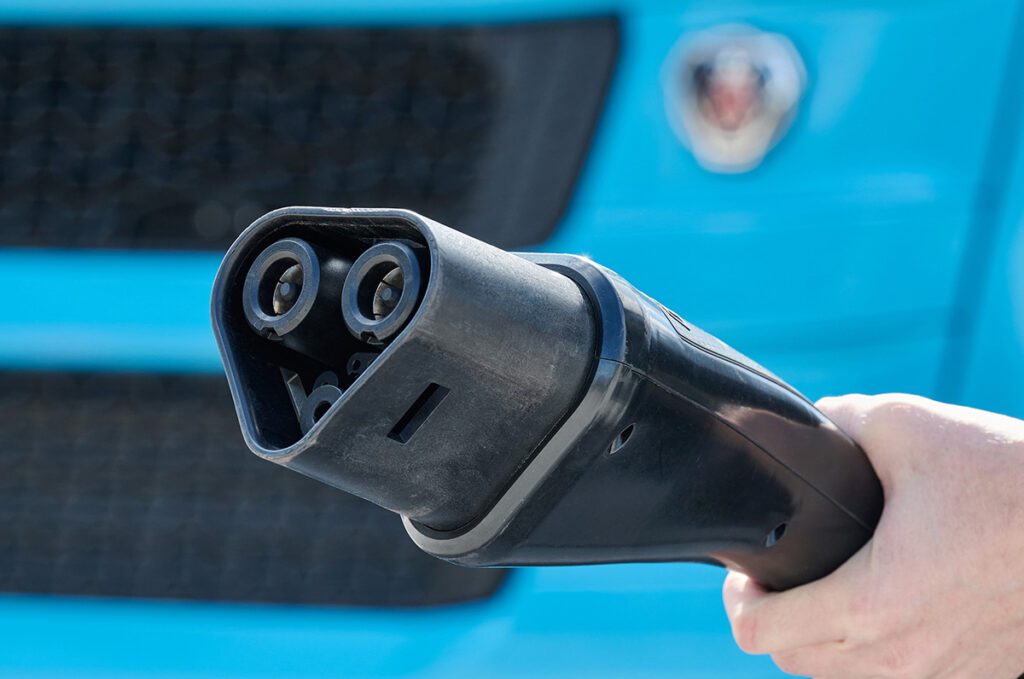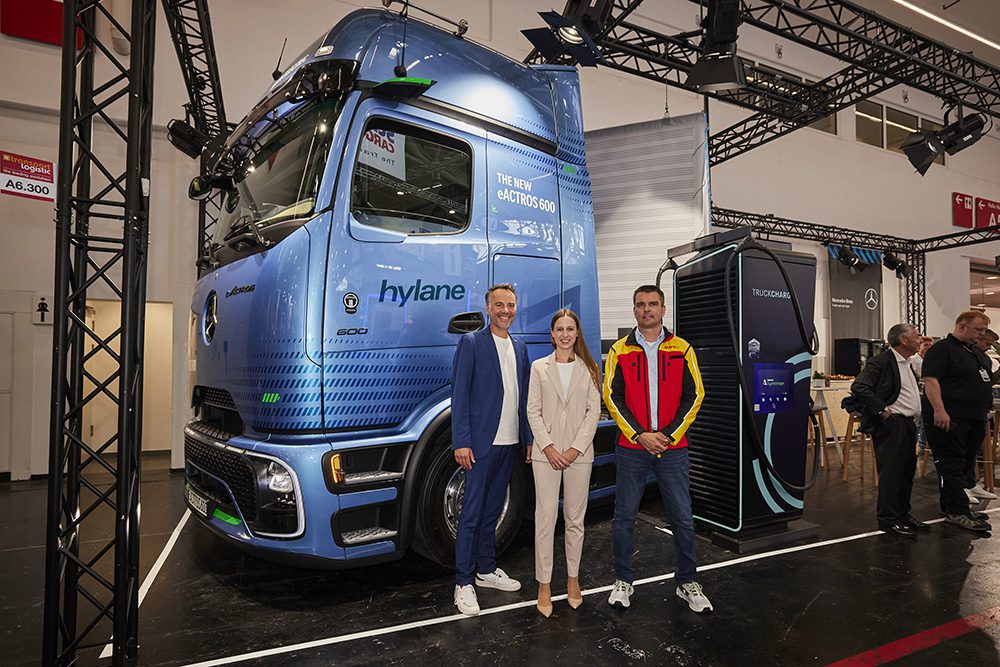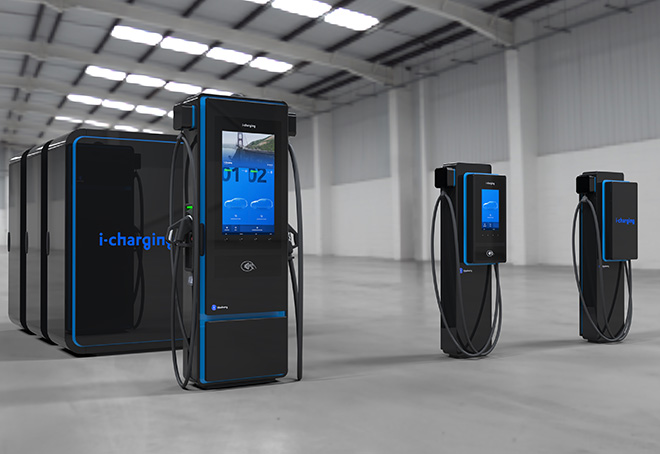Let’s connect a few dots here: (1) Tesla plans to have fully self-driving vehicles on the road soon, and (2) to be fully self-driving, those vehicles must have some way to charge without human intervention. Many see wireless charging as the answer, but to the best of our knowledge, (3) Tesla has never shown any particular interest in wireless tech. Ergo, it’s likely the company is working on some form of automatic mechanical charging, perhaps something like the snake charger that it showed as a prototype in 2015.
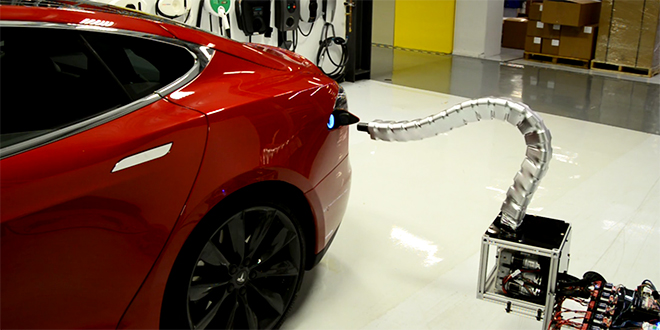
When he introduced the second-generation Autopilot, Elon Musk noted that the Supercharger system would need to be upgraded to work with autonomous parking. He has also hinted at an upcoming Supercharger V3, which could have power output greater than “a mere 350 kW.”
Now our colleague Fred Lambert has uncovered evidence that some form of auto-charging is indeed in the pipeline. The intrepid investigative reporters of Electrek combed through recent building permits for Tesla’s Fremont factory, and found that in February and March, Tesla was issued 26 permits to make modifications to the facility. Several of the permits have to do with the production of Model 3, and one makes a reference to “Tesla automated parking Superchargers.”
Electrek has also ferreted out a patent application that Tesla first submitted in 2014 and updated in 2016. The application, titled “Charging station providing thermal conditioning of electric vehicle during charging session,” shows a ground-mounted charger that includes a cooling system, which could enable higher charging rates.
The application reads, in part: “An initial signal from the vehicle to the charging station is transmitted by wireless communication (e.g., Bluetooth), and this serves to couple the vehicle to the charging station. In response, the appropriate vehicle-charger connections can be established, including an electrical connection for the charging (and, in some implementations, a fluid connection for thermally conditioning the vehicle during the charging). Then, a temperature demand signal or any other form of thermal information can be sent to the charging station via a signal wire in the electrical connector.”
Source: Electrek






